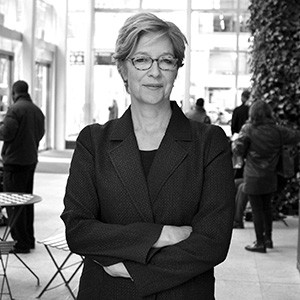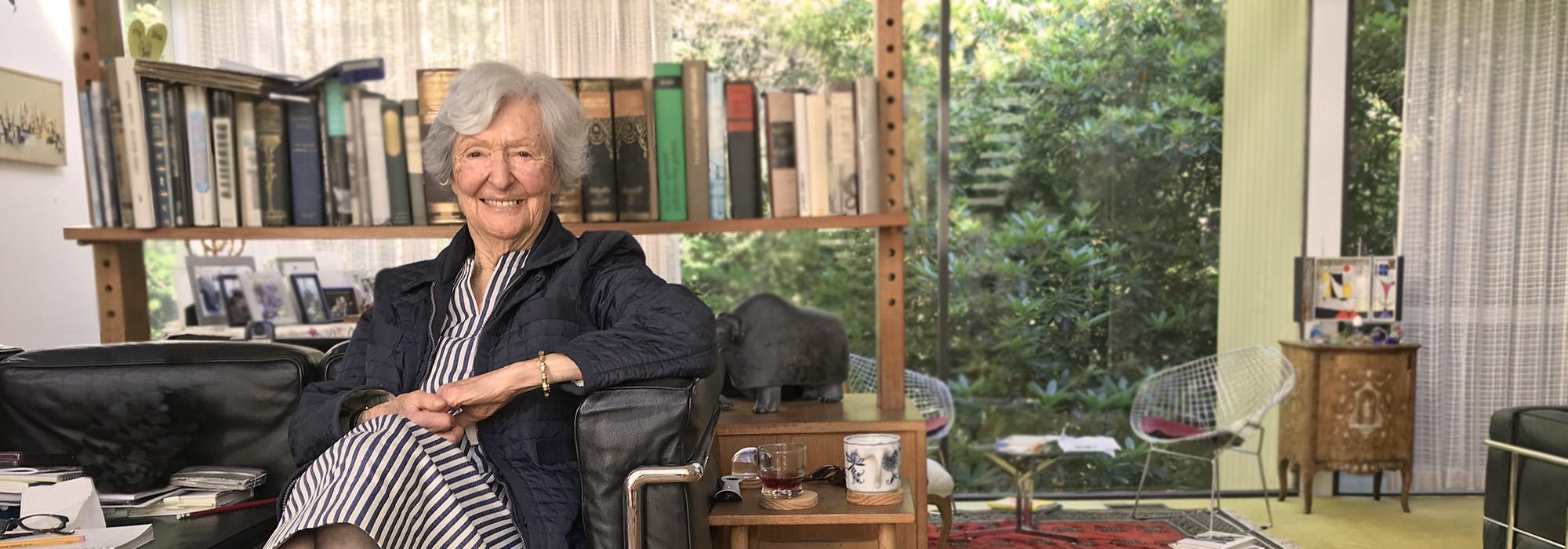Margie Ruddick

For more than twenty years, Margie Ruddick has been recognized for her pioneering work in the landscape. Winner of the 2013 Cooper-Hewitt National Design Award in landscape architecture, she has forged a design language that integrates ecology and culture. She created a transformative design for New York’s Queens Plaza and has also worked on the new waterfront at Stapleton, in New York City, and on Trenton Capital Park, in Delaware. Her international projects include the Shillim Institute and Retreat in the Western Ghats of Maharashtra, India, and the Living Water Park in Chengdu, Sichuan, China, that country’s first ecological park.
Ms. Ruddick has taught at Harvard’s Graduate School of Design, Yale, Princeton, the University of Pennsylvania, the Parsons School of Design, and Schumacher College in England. In addition to the Cooper-Hewitt 2013 honor, her many awards include the 1998 Waterfront Centre Award; the 1999 Places Design Award; and awards from the American Society of Landscape Architects and the American Institute of Architects. She has also received the 2002 Lewis Mumford Award from Architects Designers and Planners for Social Responsibility; the 2006 Rachel Carson Women in Conservation Award from the National Audubon Society; and she was named one of the top ten women in green design by the Green Economy Post in 2010.
Ms. Ruddick is a graduate of Bowdoin College and Harvard University's Graduate School of Design. She shared a practice with Judith Heintz from 1988 to 1995, then worked on her own until 2004, when she became a partner at the planning and design firm WRT. Since leaving WRT in 2007, she has worked on projects independently, in addition to writing, lecturing, and teaching. Her book Wild by Design: Strategies for Creating Life-Enhancing Landscapes was published in March 2016.
Statement: In 2007 I was invited to give the Cornelia Oberlander lecture at the University of British Columbia. It was Passover. Cornelia was preparing her family's Seder and couldn’t attend my lecture, but she invited me to visit her at her home and office. The hour or two spent in that magical world—the perfect Modernist box perched over a ravine—was as transformative as any event in my adult life. The visit not only inspired me, it emboldened me and gave me license to do a few extremely important things:
-Press on with my own unkempt, unpopular home reforestation project. Cornelia's tiny frame read in silhouette against immense, soaring trees, and a few leaning stragglers, as she pointed out the prehistoric-looking ferns along the ravine bottom. I was in the presence of a giant, one who would never let what others think of her interfere with what she knew she had to do.
-Never get big again. I had just left a large practice and was stunned to discover Cornelia’s office at one end of the house: a few flat files, a lot of books, a Saarinen tulip table, and three white wire Bertoia chairs. Sense-surround landscape through all that glass. Drawings in orderly stacks (she was completing the design for the New York Times Building courtyard). I can do this, I thought—stay small.
-Keep family upfront. A lecture named after you, or a big family Seder? “Come on,” I can hear Cornelia, whom I have had the great fortune to visit since, saying…“First things first.”



